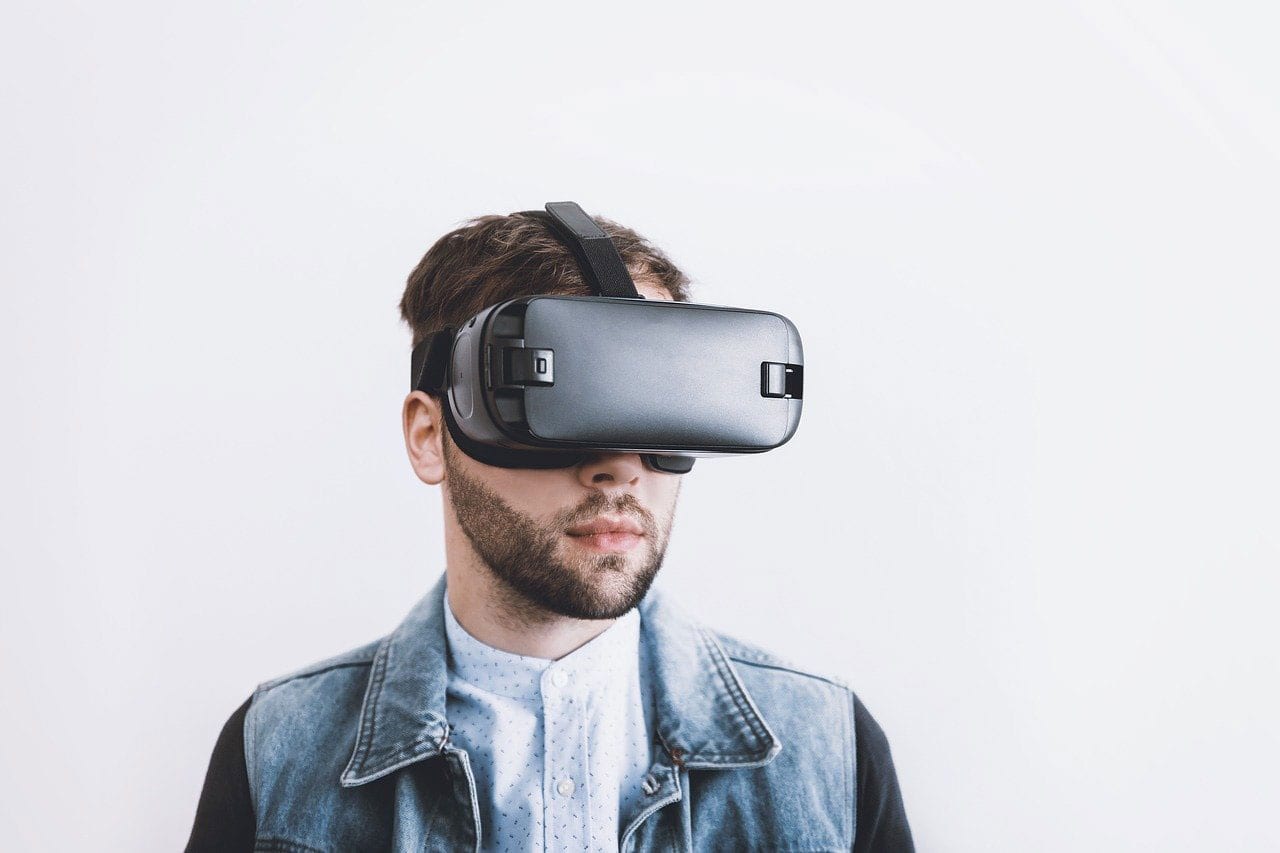< Back to all posts
How to Make VR Video: 4 Tips for 360 Degree Success
Virtual reality video is a relatively new thing for many corporate executives. But according to Forbes, 78% of Americans are now familiar with using VR technology.
In past blogs we’ve discussed the differences between 360 video and virtual reality. In this article we will focus on both strategies coming together in different ways to provide you with one solution: immersing your audience into the video.
360 video and virtual reality video are relatively the same; it just depends on the viewing platform. Is your audience wearing those VR goggles or just watching your video on a flat device/website? Video can be captured with both viewing methods in mind, similar to how films can be created for a theater or home entertainment.
It is up to you which medium you choose, depending on how you want your audience to view this content. The global VR market size is expected to reach $22.9 billion by the end of 2020, so you don’t want to get left behind with this trend.
As you might expect, making a VR video to be viewed in 360 degrees is far different from making a standard video to be viewed against a flat or two-dimensional screen. Different cameras are utilized for each, and different filming techniques are most effective at producing quality results.
When exploring how to make VR video, there are certain factors to keep foremost in your mind. Here are some tips and pointers to help make your VR video production a success.

1. Determine Your Objective
Before you even begin shooting your VR video, be clear on why you’re producing the video in the first place. This will help you focus your efforts on tailoring the video to serve those specific goals.
Not all VR videos are alike and shooting the wrong kind of VR video for your needs will likely fail to deliver on its promise, regardless of how fantastic that video might be.
By carefully planning your shots according to the goals of your video, be it a sale, a share, a request for more information, or some other action, you can direct your viewers’ attention to where in the video you want them to look. Without telling them what to focus on, you can train their focus on your key visual messages.
By the same token, some 360-degree videos are designed to let each viewer explore the scene in his or her own way. For those videos, you want to be sure not to over-manipulate your viewers’ attention in the video.
In both cases, knowing what you want out of your VR video ahead of time will help you to better set up the shots that make it up.
2. Keep the Camera Steady
In an experience as fully immersive as virtual reality video through goggles, nothing can be as disturbing and disorienting as an unsteady image. Keeping the camera steady as you shoot is essential for fully engaging your viewers and keeping them engaged.
Already, VR videos still take most people some getting used to. Add to this the highly varying degree of quality of headsets used to view the VR video, and the video’s unsteadiness can be more or less jarring.
VR headsets will also differ in their abilities to sync correctly with the frame rate of your videos, creating a discomfiting disconnect between the eyes and brain.
Therefore, always use a tripod or a steady surface to hold your camera in position before you shoot. This does not mean all your shots need to be stationary to make compelling 360 videos. You can place your tripod on a dolly or slider, for example, to shoot with movement, or you can secure the camera to a holder on your dashboard to shoot while driving.
If you’re intent on shooting a handheld or other shot purposely meant to appear somewhat unsteady, then be sure to use your camera’s image stabilization feature when you shoot.

3. Avoid Extensive Detail
In HD video, details are essential to creating a more immersive experience of viewing an essentially two-dimensional screen. HD video quality, however, has become exceptional over recent years, allowing for such vividness of detail to come across effectively.
Despite having the ability to capture footage with significantly higher resolution, viewing the footage with today’s technology limits the viewing experience. And because all the shots are captured wide, the level of detail is not as dynamic as with HD or 4K video. As such, an overabundance of detail in VR videos can come across as chaotic visual “noise” that, rather than boost the immersive experience, only helps to subvert it.
Tips for dealing with detail in VR videos include:
- Avoid shooting subjects with thin lines as they are prone to vanishing in VR’s relatively low resolution.
- Note that some objects may not get picked up by the camera at all.
- Items too far from the camera may not get captured.
- Use slow and deliberate movement to give viewers time to focus on smaller focal points in the shot.
- The contrast in the lighting and colors of your setting can help to make some details stand out.
Although certain details can be drawn out in post-production, don’t rely on this stage of the process to solve all your video’s visibility needs.
4. Beware of Stitch Lines
Now we get a bit technical. To capture and reproduce 360-degree images, VR cameras tend to use multiple lenses, all shooting simultaneously. The videos shot through each of these lenses are then stitched together to produce the 360 image the viewer sees. The seams where these images are stitched together, or stitch lines, can be unintentionally visible to video viewers, causing disorientation and a failure to become fully immersed and engaged by the video content.
Many factors can affect the presence and intensity of stitch lines, including the number of lenses shooting the image and the size and quality of these lenses along with whether the stitching of images takes place in-camera or in external software and, if externally, the compatibility of the stitching software with the shooting camera and video image files.
Tips for minimizing the problem of stitch lines in your VR videos include not placing moving objects near where you know there’s a stitch line and walking around the camera while it shoots so you can later observe where stitch lines interfered with the image.
Also, DP’s tend to use wide shots, so directing is designed more like directing a play than directing a film, since it is up to the viewer to decide the angles, the action and activity they watch.
As newer VR and 360-degree cameras increase the number of lenses they utilize, the number of potential stitch lines in the videos they produce will only go up. It can be assumed, however, that so too will the abilities of editing software to eliminate and otherwise compensate for those lines.
Additional Tips for How to Make VR Video
Beyond these four key components of making a compelling VR video are several other elements that help produce the best result, not least being these:
- Be conscious of unplanned items in all 360 degrees of the shot.
- Record sound in 360 degrees as well or produce a soundtrack that supports that effect. Spatial sound, or recording incidental sounds, so they seem to come directly from the direction and distance of their source, is essential.
- Use quality recording equipment. While you can record perfectly decent 360-degree videos on your smartphone, it can be far more effective to make use of an omni-spherical camera or a multi-camera rig or, barring that sort of budget, at least a good digital action camera with high frame rates and good image stabilization.
- Make your scene changes slow and avoid jarring transitions to allow the viewer time to adjust to any new environment.
Is your company looking to shoot and produce a virtual reality video? If so, we’d like to connect with you.







Leave a Reply